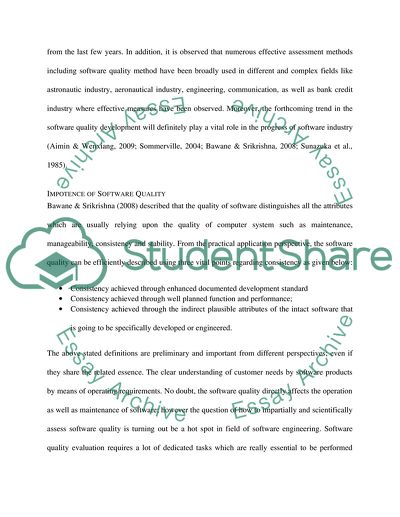Cite this document
(“Importance of Software Quality and methods for assessment Essay”, n.d.)
Importance of Software Quality and methods for assessment Essay. Retrieved from https://studentshare.org/information-technology/1569053-importance-of-software-quality-and-methods-for-assessment
Importance of Software Quality and methods for assessment Essay. Retrieved from https://studentshare.org/information-technology/1569053-importance-of-software-quality-and-methods-for-assessment
(Importance of Software Quality and Methods for Assessment Essay)
Importance of Software Quality and Methods for Assessment Essay. https://studentshare.org/information-technology/1569053-importance-of-software-quality-and-methods-for-assessment.
Importance of Software Quality and Methods for Assessment Essay. https://studentshare.org/information-technology/1569053-importance-of-software-quality-and-methods-for-assessment.
“Importance of Software Quality and Methods for Assessment Essay”, n.d. https://studentshare.org/information-technology/1569053-importance-of-software-quality-and-methods-for-assessment.


